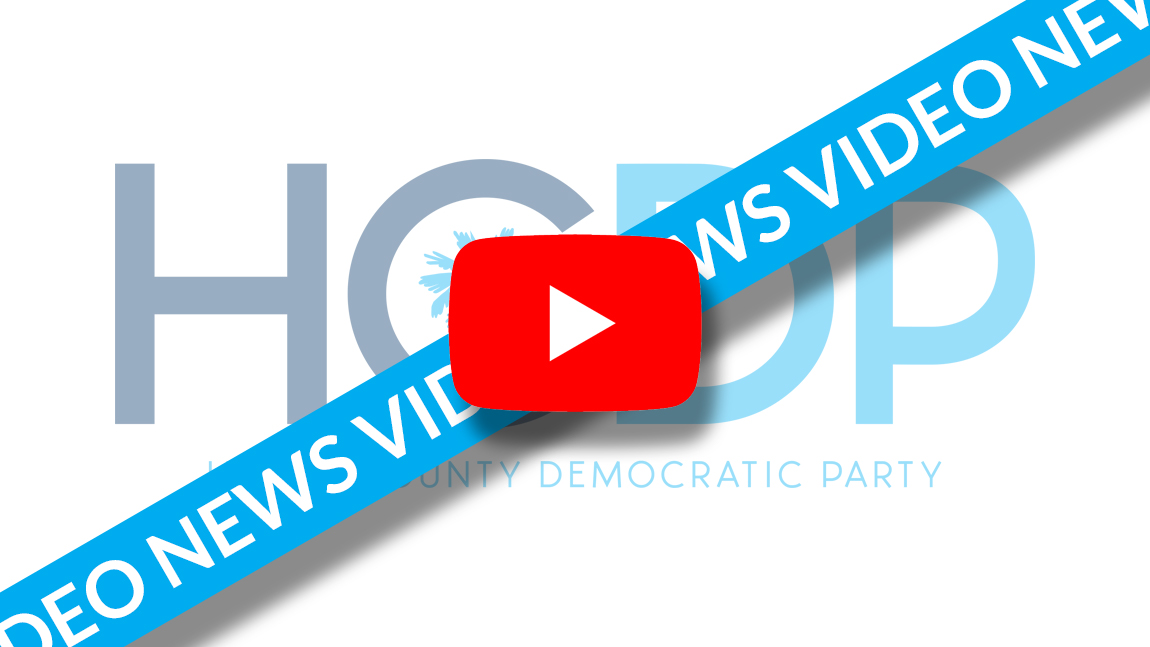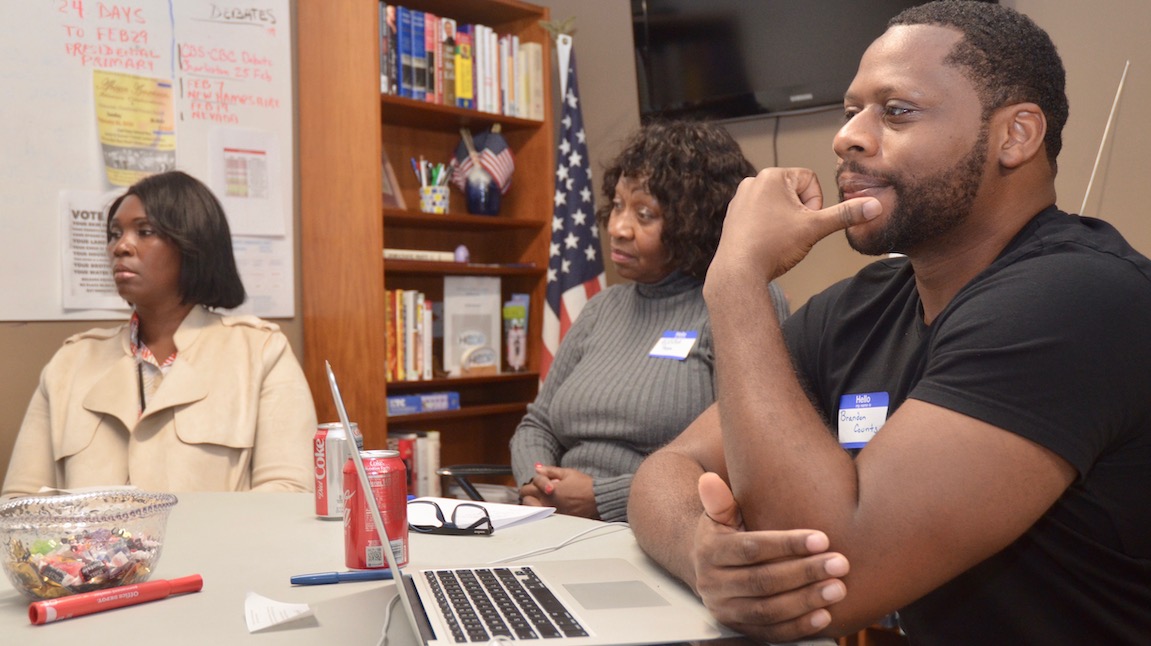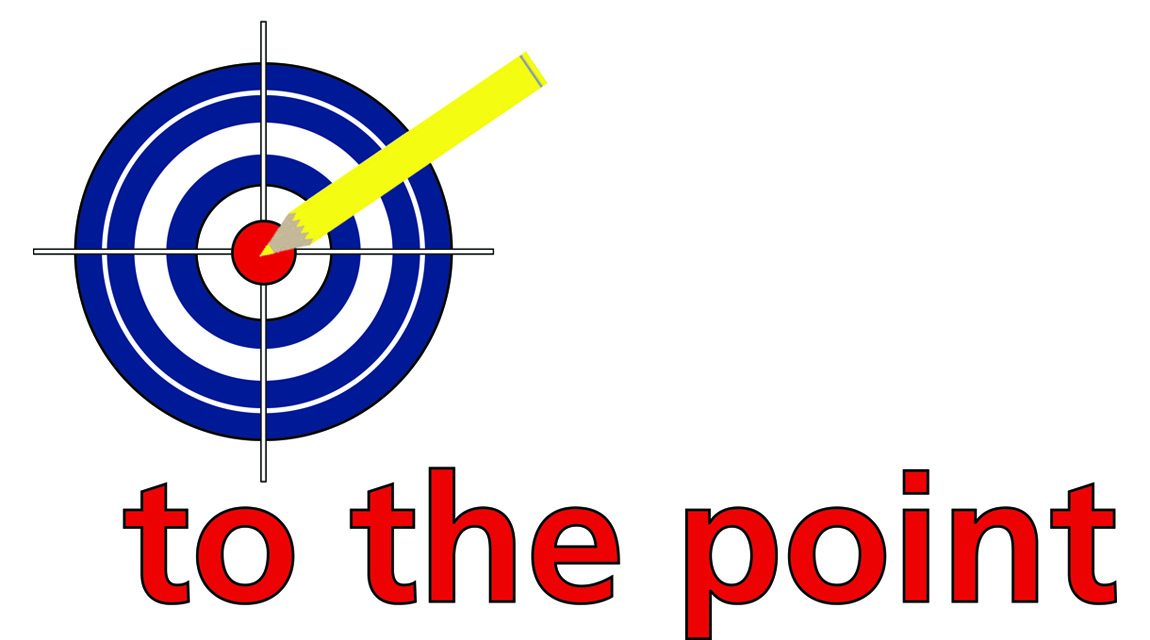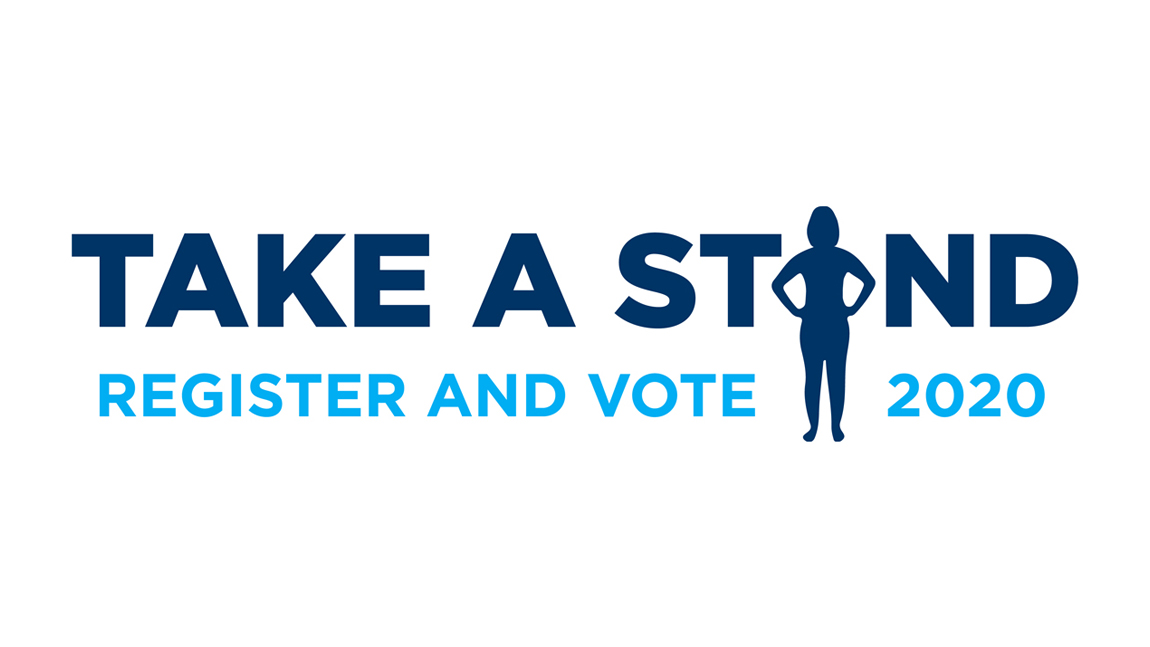Editor’s Note: Dr. Jeremy Holland, a sociology professor at Horry Georgetown Technical College, contends that to achieve long-term success the Democratic Party must become more progressive and aggressively support and embrace the objectives of like-minded organizations, forming, in effect, a grand coalition. He discussed those ideas at the Carolina Forest Democratic Club meeting April 12.
During the 2019 primary season, once progressive favorite Bernie Sanders was sure to lose the Democratic nomination, he quickly moved to support Joe Biden’s candidacy. In fact, the Sanders and Biden campaigns joined forces and put together a unity task force that would lay out joint goals for moderate and progressive Democrats concerning top cultural and policy priorities.
Biden, many progressives hoped, would usher in another type of New Deal Era that would end the decades long Republican narrative that demonizes the federal government as the enemy of the American people.
So far, we have witnessed two major legislative victories under the Biden administration.
In February 2021, we saw Congress pass the $2 trillion American Rescue Plan, which funded massive investments in vaccine production and distribution. This plan also extended unemployment benefits, one-time direct stimulus payments, housing assistance, help for small businesses, and increased food aid for the needy.
Then, in November 2021, President Biden was able to get a watered-down version of his Infrastructure bill passed into law. The bill allocates $1.2 trillion to building and repairing roads and bridges, transit services, airports, and electrical grid systems. Also, the bill expands broadband access, builds a nationwide network of electric vehicle chargers, and invests in domestic environmental cleanup efforts.
The major progressive reform bill that has yet to be passed in Congress, due to unified GOP opposition and two rogue Democratic Senators, is the $2.2 trillion Build Back Better Act. If passed, the bill would provide billions for childcare, preschools, child tax credits, sustainable housing, elderly home care, paid medical leave, higher education, expansions of Medicare, and clean energy technologies.
Since Build Back Better is dead in its current form, Biden is promising to carve up the bill and push certain provisions through Congress in a piecemeal fashion. However, many progressives are becoming uneasy that the campaign’s promises of a $ 15-hour minimum federal wage, guaranteed family leave, universal pre-k, and a fast-tracked plan to eliminate greenhouse gas emissions are falling by the wayside.
The failure to pass Build Back Better is especially disappointing to the progressive wing of the party, which will now be asked to rally behind a Biden administration that has not delivered on a range of important priorities including addressing the nation’s student debt crisis, boosting union organizing laws, and championing massive investments in a zero-carbon economy.
Hopefully, the 2016 Hillary loss, the uncomfortably close presidential race of 2020, and Biden’s declining popularity rating among Americans has been informative for the Democratic Party, and leaders will look for new winning strategies that empower the progressive wing.
A Winning Strategy for the 21st Century
The Democratic Party should become a party of progressive social movements (or a movement party). This would mean:
- The DNC intentionally and openly embracing progressive social movement organizations and their leadership.
- Democratic leaders, within all organizational levels, inviting social movement leaders into ongoing roundtable discussions concerning a focused policy agenda and methods of strategic outreach.
- Informative discussions would revolve around solution-based approaches to major social problems, from the impending environmental catastrophe to extreme wealth inequality.
In practice, this winning strategy would involve bringing together the leaders of:
- New labor groups like Fight for $15
- Groups concerned with systemic poverty like The Poor People’s Campaign
- Educational groups like Red for Ed
- Groups that are concerned to eliminate exploding student debt like the Debt Collective
- Criminal justice reform groups like Black Lives Matter
- Groups that are fighting to secure full liberation for women like #MeToo
- Groups that are working to eradicate bigotry like the LGBTQ+ movement
- Groups of immigrants that are seeking a legal pathway to citizenship like the Dreamers
- Environmental groups like Sunrise Movement
- Public safety groups like March for Our Lives
- Groups centered on indigenous sovereignty like #NoDAPL
The interaction between party and social movement leaders would set the tone for recruitment, potential public activities, and create a substantial bottom-up policy agenda.
Ultimately, the party platform would be determined through the amalgamation of various movements coming together and providing expertise in their specialized fields of social interest to ensure the party moves from being custodians of the collapsing neo-liberal order to becoming a progressive party intent on bringing about a more free and equal society.
Bringing together the Democratic Party and viable contemporary social movements into a unified whole may sound like a utopian dream. We may think that there is no precedent for this strategy, and that trying to establish a party-movement coalition would be doomed to fail. However, this attitude is totally unfounded, and we have recent American history to prove it.
The New Deal & Great Society Coalitions
First, we must seriously consider the New Deal Era that began in 1933 with the advent of the Franklin D. Roosevelt (FDR) administration. This period is especially informative to our nation’s current economic situation as we are again nearing Great Depression levels of income and wealth inequality. History shows that the FDR administration was highly responsive to social movement organizations and actively worked to create a new American majority by galvanizing a progressive coalition of voters.
Thus, a New Deal coalition was formed that included organized labor, working people, those physically vulnerable, and racial minorities. They all shared the belief that an interventionist government was good for the nation.
The ability of a Democratic administration to team up with social movements and deliver bold social programs had a major positive impact for the future electoral viability and success of the party throughout the 20th century.
Seriously, look who controlled Congress after New Deal programs began in 1933. The Democrats enjoyed virtually unbroken majority control of the House from 1933-1947 and from 1949-1995, only losing two sessions to Republicans that entire 62-year time span.
As for the Senate, Democrats dominated, securing control from 1933-1981, 48 years of unbroken succession. The reason for this decades long winning streak is clear: The Democratic Party was then a party made up of progressive social movements and were highly responsive to their socio-economic concerns.
Next, we must consider the Great Society Era that began in 1964 where the Lyndon B. Johnson (LBJ) administration launched the most ambitions set of social programs ever taken. Again, we find here a Democratic administration working together with social movement organizations to produce a policy mandate that would benefit vast majorities of the American public.
Johnson worked to give immediate aid to the working class, Johnson signed the 1964 Economic Opportunity Act which created a Jobs Corps, work training and work-study programs to offer millions of Americans a chance at a college degree and stable employment. After declaring a “War on Poverty,” spending to help the poor doubled. In fact, within 10 years, the percentage of Americans living below the poverty line declined to 12 percent from 20 percent.
During this period, two key pieces of civil rights legislation were passed. Mainly, the Civil Rights Act of 1964 outlawing segregation in public places, and the Voting Rights Act of 1965 assuring unimpeded access to the ballot for people of color. In 1965, Johnson signed a series of educational reform laws including the Elementary and Secondary Education Act, the Head Start program, and the Higher Education Act bringing access to quality educational opportunities.
Many social movement leaders participating in the Great Society coalition thought the best way forward for the country was to realign the Democratic Party as a “party of the people” by filling the party with the nation’s oppressed including the working class, the physically vulnerable, racial minorities, students, and environmentalists.
Now, let’s imagine how a new coalition of democratic leadership and movement organizations could lead to a long-term winning strategy for the 21st century.
Potential of a Green New Deal Coalition
The question we must now ask is this:
What opportunity exists for the Democratic Party and contemporary social movement leadership to form a substantial coalition driven by the concerns of the grass roots? In other words, what are the chances we could piece together a New Deal or Great Society type coalition for the 21st century?
In truth, the potential groups needed to make up this party-movement coalition already exist. More than that, they have already done the hard work of defining our most pressing social problems, debated the foremost solutions, and have working policy proposals in hand. We should bring all these progressive worldviews to the table, listen intently, and find places of overlapping interest to strengthen the campaign efforts of the party.
Considering the most active social movements in the country at present, the prospective Green New Deal Coalition we seek will consist of at least three types of movements: economic, identity, and public safety.
Economic Movements
New Labor & Fight for $15
- Establishing a federal minimum wage of $15 an hour for all, through the Raise the Wage Act of 2021, would restore the lost earning power of millions of Americans, decrease income inequality, and create demand in local economies that will help grow businesses.
- Another bill, the Protecting the Right to Organize Act, expands workers collective bargaining power, ensures the right to strike without employer retaliation, and provides pathways to form unions in newer industries.
The Poor People’s Campaign
- This campaign has proposed a “moral budget,” where the government would provide guaranteed employment, institute an annual wealth tax on the ultra-rich, raise the minimum wage to $15, and establish a national basic income.
- They support the Build Back Better Act, which would provide millions of Americans with a monthly child tax credit, paid medical leave, access to universal pre-k, access to Medicaid, and home health care.
Red for Education
- On the federal level, the National Education Association supports passing a law that would guarantee collective bargaining rights and a living wage to the employees of public schools, colleges, and universities.
- On the state level in South Carolina, SC for Ed members are asking the legislature to increase teacher’s salary to the national average, improve teacher contracts, reduce testing, and limit class sizes to 150 students per semester.
The Debt Collective
- The Debt Collective have written an executive order to be signed by the President. The group makes the case that upon the signing of this two-page document, 100 percent of all federal student loans will be abolished.
- This group also supports the College for All Act, which would eliminate tuition and fees at public four-year colleges and universities for any family making $125,000 or less and makes community college tuition free for all.
Identity Movements
Black Lives Matter
- This group supports the BREATH Act, which would divest from policing and incarceration, end the War on Drugs, and reallocate that money toward building equitable local communities.
Women’s Movement
- The National Organization of Women are calling for an Equal Rights Amendment, which would guarantee that constitutional rights may not be denied or abridged on account of sex.
- Newer feminist groups like the #Metoo Movement are supporting the BE HEARD Act to address workplace harassment by ensuring that survivors can talk about their experiences, count groping as a serious offense, and provide fair financial remedies to those sexually harassed.
LGBTQ+
- The Equality Act is supported as a policy which would expand federal civil rights laws to protect LGBTQ+ people from discrimination in employment, housing, credit, jury service, health, education, and in public spaces.
Immigrants & the Dreamers
- The DREAM Act would provide undocumented high school graduates, who had entered the country when they were younger than sixteen, a six year long conditional path to citizenship that requires a completion of a college degree or two years of military service.
Public Safety Movements
Environmentalism & Sunrise Movement
- A partnership of environmental groups supports the THRIVE Act. This bill authorizes at least $1 trillion per year for up to ten years to create 15 million good paying jobs while cutting climate pollution in half by 2030.
Gun Control & March for Our Lives
- This group is pushing the President to perform two executive actions. First, to declare a national emergency around the epidemic of gun violence while appointing a National Director of Gun Violence Prevention. Second, to announce an audacious goal of reducing firearm deaths and injuries by 50% over the next ten years.
- More specifically, they support a national licensing and registry system, a ban on assault weapons and high-capacity magazines, and a national gun buy-back program.
Indigenous Peoples & #NoDAPL
- In general, members of the indigenous movement want the National Historic Preservation Act of 1966 to be honored as an agreement between the U.S. and tribal governments. Following this Act would ensure that indigenous lands are not subject to rampant federal development and would recognize these lands as historical sites that should be preserved.
How likely is it that the Democratic Party could harness this grassroots agenda and energy? In other words, what would it take to achieve a Green New Deal Coalition of intensive party-movement cooperation?
The first step would be Democratic Party leaders taking seriously the economic, identity, and public safety world views of the various movements.
The next step would involve brining all these movements together in an open conference of ideas while seeking to devise a solid party platform based on the concerns and policy suggestions of movement leadership.
Then, once in power with the help of this New Green Deal Coalition, maintaining open lines of communication between democratic leaders and all the movements would be the main task.
Many progressives may be skeptical of this electoral strategy and harbor doubts about a Democratic Party that relies too heavily on its Wall Street backers. However, due to the winner-take-all nature of our electoral system, at this moment in history there is no viable alternative. Therefore, the Democratic Party is the only vehicle we have capable of bringing significant progressive change to the nation.
Can the Democrats Deliver?
Political scientist Bruce Ackerman has argued that “the American change machine” has historically had three moving parts including the political party as providing organizational structure, social movements as active participants, and the presidency as the focus of transformative leadership.
Ackerman bemoans the fact that today only conservatives seem capable of recreating the classic party-movement-presidency combination that has the power to produce massive structural change to the American system. He warns that progressives will continue to lack a comparable engine for change unless they learn how to put party, movement, and presidency back together again.
To ensure the Democratic Party wins for decades by electing sustained congressional majorities to pass laws and a president who will fight for progressive change, movements must be welcomed into the party with open arms.
Failure to do so will surely doom our nation’s political discourse to a steady drift into ultra-right conspiracy theories and outrageous lies, while our “centrist” democratic party will continue to lose ground and be discredited as spineless appeasers of the Republicans.
What we need now is Democratic leadership that will mobilize the grass roots during election season and keep the promise of constant consultation, dialogue, and a seat at the table for social movement leaders and their progressive visions of a more humanistic America.
There is a reason that there’s a saying that “the Democratic Party is where social movements go to die.” An inclusive, vibrant, and substantial social movement is what the Democratic Party desperately needs to win the upcoming election cycles.

Until the Democratic Party decides to go all-in as a party of progressive social movements, the winning Green New Deal Coalition that is ready to be made will be the carrot that perpetually remains out of reach.






